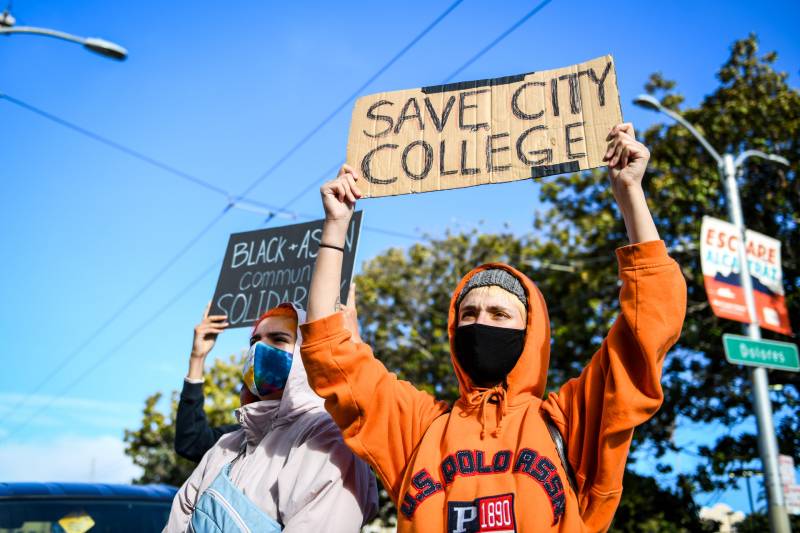After community college enrollment collapsed in late 2020, California lawmakers last year gave the system of public two-year colleges $120 million to help stem the tide of departing students and bring them back.
So far, progress has been uneven. Through last fall, just 17 of California’s 116 community colleges have seen the number of students they enroll grow since the fall of 2020. At 42 colleges, more students left in the fall of 2021 than in the fall of 2020, according to a CalMatters analysis of system enrollment data.
Officials acknowledge that the number of students attending continued to sag systemwide. “Fall 2021 headcount is down approximately 7% from fall 2020 and down 20% overall compared to fall 2019,” a cratering of more than 300,000 students over those two years, said a March memo from the California Community Colleges Chancellor’s Office.
While $120 million may be a rounding error in the state’s $47 billion commitment to higher education for the current budget year, it’s still a large chunk of change.
Gov. Gavin Newsom now wants to send another $150 million to community colleges to further bolster their reenrollment efforts.
The expected return on investment is unclear.
While colleges received $20 million to stimulate reenrollment in March of last year — well before fall term began — the remaining $100 million only reached colleges in the middle of September at the earliest, several weeks after nearly all colleges started their fall semesters. While most state higher education financial support is annual, this money was one-time.

